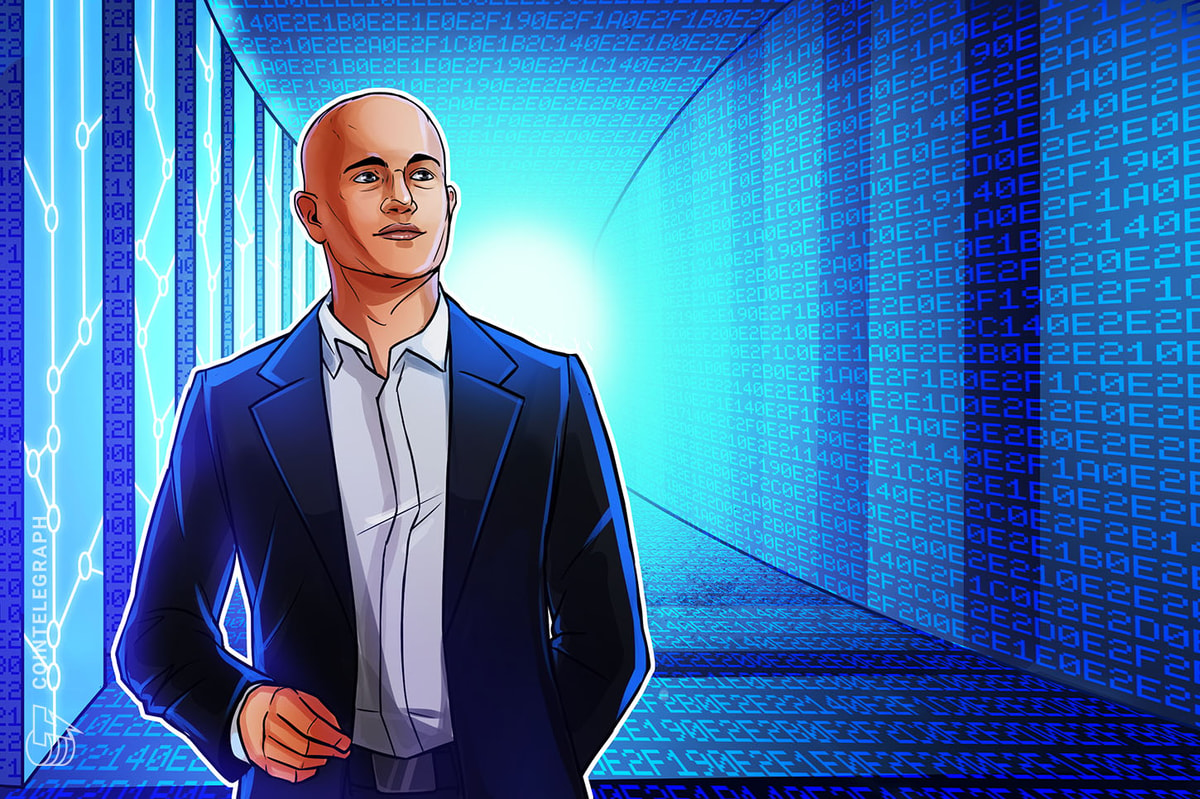59% of Americans wrongly think the U.S. is in a recession, report finds
2 min read

We are not in a recession
“Right now we have a ‘Goldilocks’ economy,” said Gene Goldman, chief investment officer at Cetera Financial Group in El Segundo, California.
The country’s economy has continued to expand since the Covid-19 pandemic, sidestepping earlier recessionary forecasts.
Officially, the National Bureau of Economic Research defines a recession as “a significant decline in economic activity that is spread across the economy and lasts more than a few months.” The last time that happened was early in 2020, when the economy came to an abrupt halt.
In the last century, there have been more than a dozen recessions, some lasting as long as a year and a half.
Still, regardless of the country’s economic standing, many Americans are struggling in the face of sky-high prices for everyday items, and most have exhausted their savings and are now leaning on credit cards to make ends meet.
“Money is top of mind,” said Vishal Kapoor, senior vice president of product at Affirm. “Consumers are resilient but they’re feeling the pinch of higher prices.”
Economists have wrestled with the growing disconnect between how the economy is doing and how people feel about their financial standing.
We’re in a ‘vibecession’
We’re in a “vibecession,” Joyce Chang, JPMorgan’s chair of global research, said at the CNBC Financial Advisor Summit in May.
Over the last few years “the wealth creation was concentrated amongst homeowners and upper-income brackets,” Chang said, “but you probably have about one-third of the population that’s been left out of that — that’s why there’s such a disconnect.”
Rising rents coupled with high borrowing costs and low wage growth have hit some especially hard. “Lower income households are not keeping up,” Goldman said. “Everything looks great but when you look beneath the surface, the disparity between the wealthy and nonwealthy is widening dramatically.”
It’s not only a “vibe,” however.
As more consumers stretch to cover increased prices and higher interest rates, there are new indications of financial strain.
A growing number of borrowers are falling behind on their monthly credit card payments. Over the last year, roughly 9.1% of credit card balances transitioned into delinquency, the New York Fed reported for the second quarter of 2024. And more middle-income households anticipate struggling with debt payments in the coming months.







